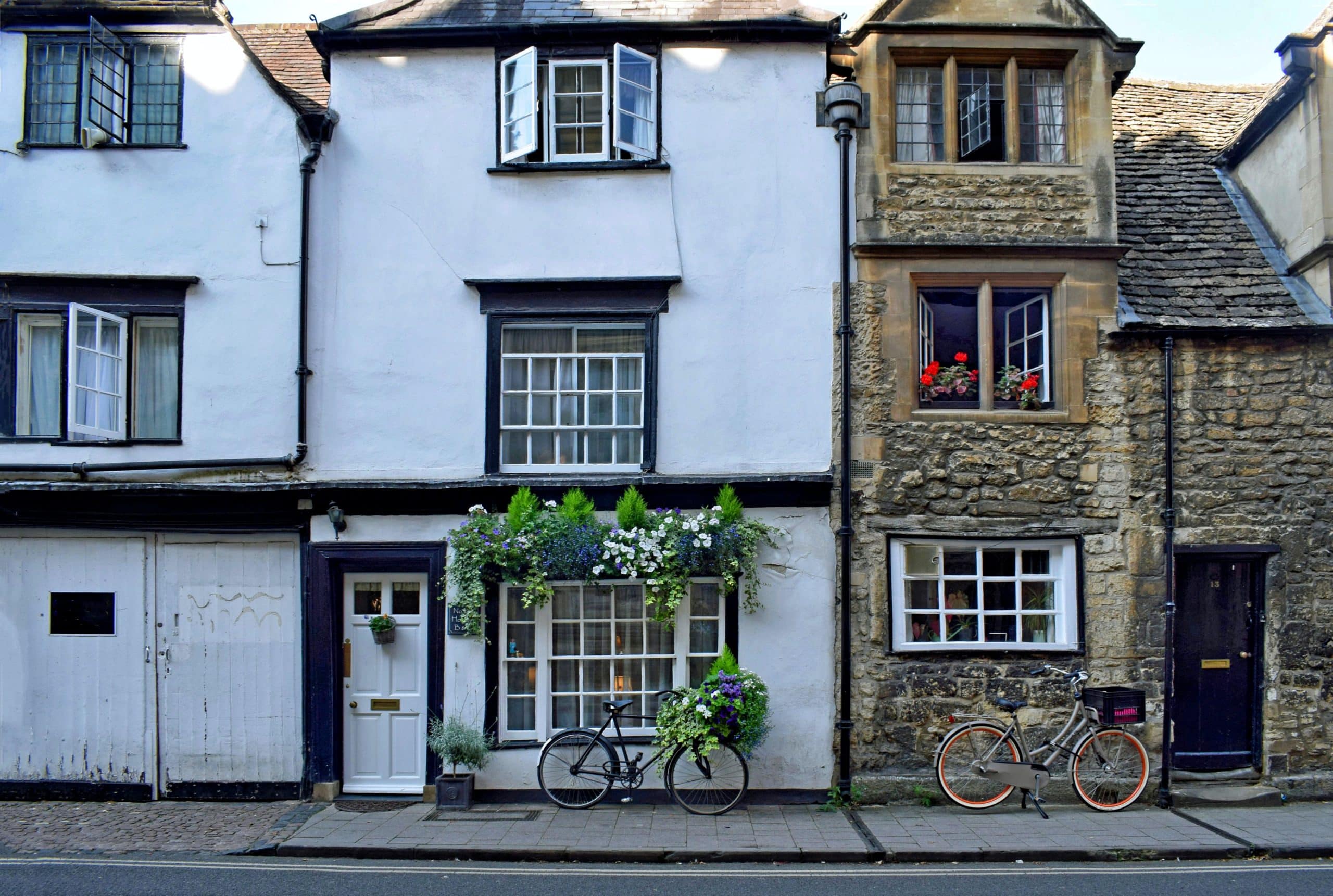
House prices fell across all UK regions in the three months to September for the first time since 2009, according to new data from Nationwide, as higher mortgage rates lump further pain on the property market.
Average house prices were 4.7% lower in the third quarter, compared to the same period last year.

And the Southwest was reported as the weakest performing region, with prices down 6.3% year-on-year, while Northern Ireland remained the best performing region, with a modest 1.8% fall.
Wales saw a sharp slowing in the annual rate of change to -5.4%, from -1.4% last quarter. While Scotland also saw a slowing in annual house price growth to -4.2%, from -1.5% in Q2.
Across northern England (which comprises North, North West, Yorkshire & The Humber, East Midlands and West Midlands), prices were down 3.9% compared with Q3 2022.
The North was the strongest performing northern region, with the annual rate of change improving from -3.3% to -2.0%, while the East Midlands was the weakest, with a 5.5% decline.
Meanwhile southern England (Southwest, Outer South East, Outer Metropolitan, London and East Anglia) saw a 4.8% year-on-year fall.
London was the best performing southern region, although still saw a 3.8% annual decline.
The average house price in the UK is £260,181, varying from an average price of £180,668 in N Ireland to £514,325 in London.
Commenting on the figures, Robert Gardner, Nationwide’s chief economist, said: “Housing market activity remains weak, with just 45,400 mortgages approved for house purchase in August, c.30% below the monthly average prevailing in 2019 before the pandemic struck.
“This relatively subdued picture is not surprising given the more challenging picture for housing affordability. For example, someone earning an average income and purchasing the typical first-time buyer home with a 20% deposit would spend 38% of their take home pay on their monthly mortgage payment – well above the long-run average of 29%,” he added.
FURTHER READING:
- Renters and mortgage holders bear the brunt of cost-of-living crisis>
- No end in sight to mortgage misery for homeowners>
- Top tips for making big money in real estate>
WHAT ARE UK INTEREST RATES?
UK interest rates remain unchanged, at 5.25% in September 2023, after steadily rising for the last few years since December 2021. The next interest rate announcement is due on Thursday November 2.
However, Gardner said investors have marked down their expectations for the future path of Bank Rate in recent months amid signs that underlying inflation pressures in the UK economy are finally easing, and with labour market conditions softening.
This in turn has put downward pressure on longer term interest rates which underpin fixed rate mortgage pricing. If sustained, this will ease some of the pressure on those remortgaging or looking to buy a home.
WILL MORTGAGE RATES EVER GO DOWN?
Nevertheless, he said with Bank Rate not expected to decline significantly in the years ahead, borrowing costs are unlikely to return to the historic lows seen in the aftermath of the pandemic.
Instead, it appears more likely that a combination of solid income growth together with modestly lower house prices and mortgage rates will gradually improve affordability over time, with housing market activity remaining fairly subdued in the interim.
“As we noted in our August report, there are signs that more buyers are looking towards smaller, less expensive properties, with transaction volumes for flats holding up better than other property types,” Gartner explained.
“This may be because affordability for flats has held up relatively better as they experienced less of a price increase over the pandemic period. The average prices for flats have increased by 12% since the start of the pandemic – half the 24% increase recorded for detached properties,” he added.
But despite signs of demand for flats holding up a little better more recently, the price underperformance has continued in the most recent quarterly data, with flats seeing the largest year-on-year fall (-5.7%), compared to -3.6% for detached, -4.6% for semi-detached and -5.3% for terraced properties.
STAY UP-TO-DATE
For fresh insights, company news and business advice, subscribe to the weekly Matt Haycox newsletter at the bottom of the site.
Have a great idea but need the money to get it up and running? Want to start building your investment portfolio? Or have a great start-up but need coaching to take it to the next level? We can help – get in touch to find out more.




